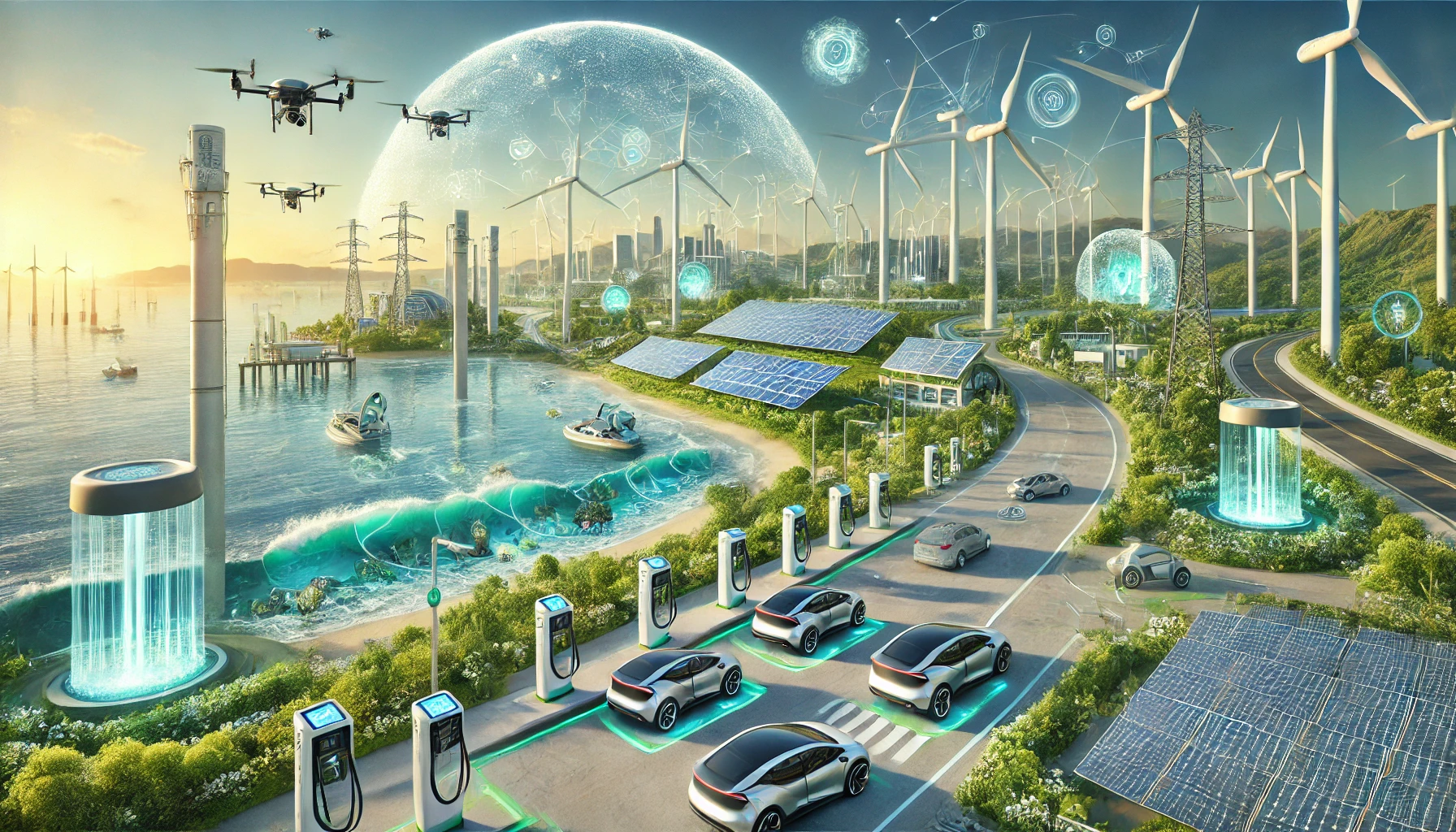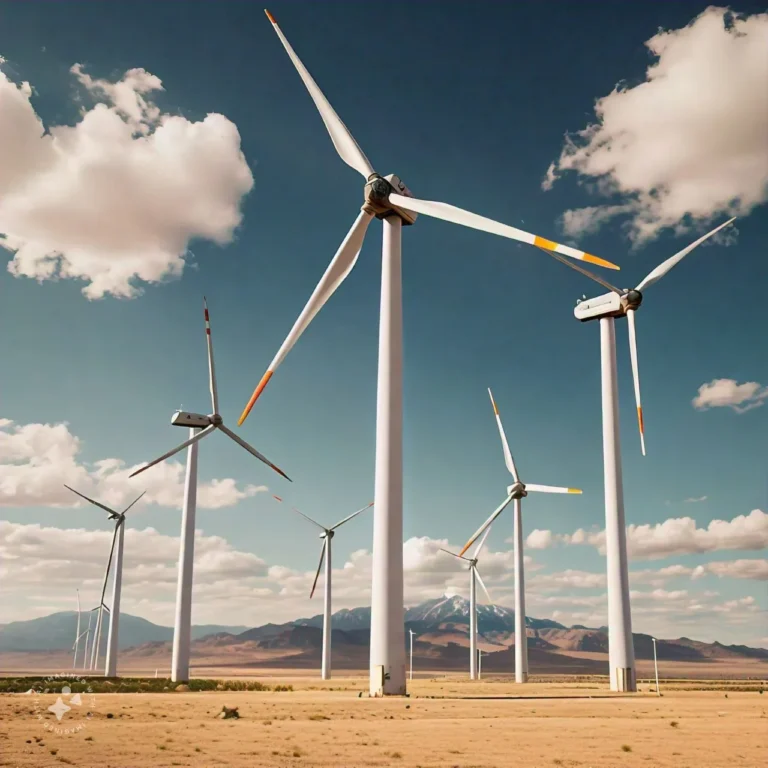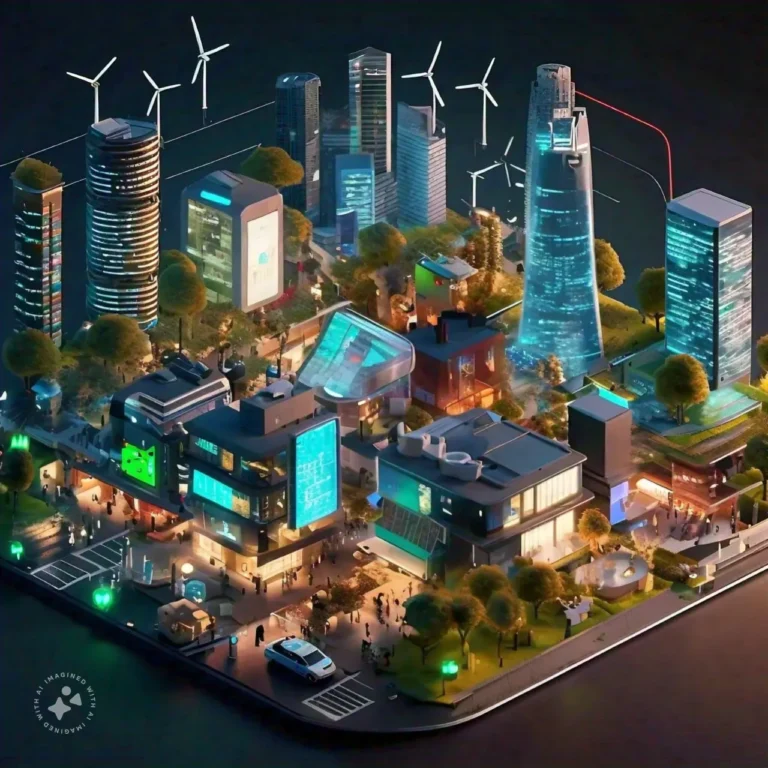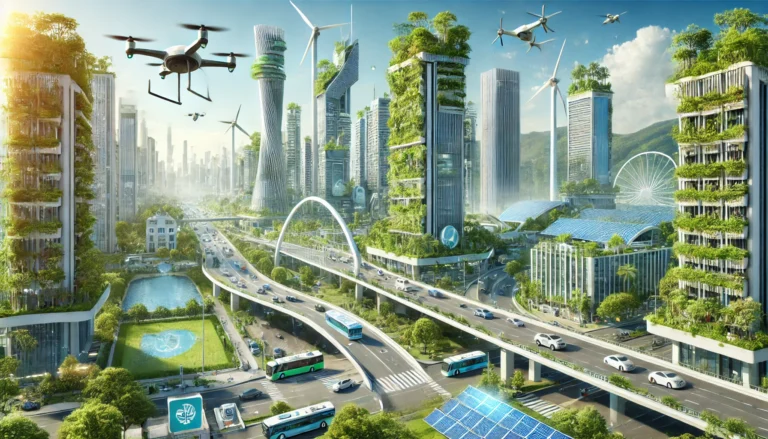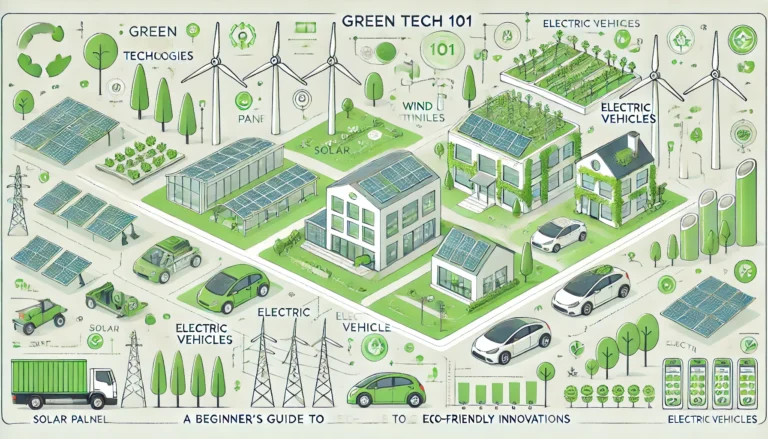The Future of Sustainable Energy: What Green Tech Has to Offer
As the world grapples with climate change and dwindling natural resources, sustainable energy has become more important than ever. The future of energy isn’t just about reducing emissions—it’s about creating systems that are both renewable and reliable. But what role will green technology play in this transition? And how will it shape our future? Let’s dive into the innovations and developments in green tech that could revolutionize the way we power our world.
What is Sustainable Energy?
Sustainable energy refers to energy sources that meet our current power needs without compromising future generations. Unlike fossil fuels, which emit harmful greenhouse gases, sustainable energy comes from renewable sources like the sun, wind, and water.
Why Is Sustainable Energy Crucial for the Future?
Our reliance on fossil fuels has led to an environmental crisis. Climate change, air pollution, and global warming are the direct consequences of burning coal, oil, and gas. Transitioning to green energy isn’t just a good idea; it’s necessary for survival.
How Green Technology Is Changing the Game
Green tech refers to innovations designed to reduce or reverse the environmental impacts of human activity. In the energy sector, it’s about developing smarter, cleaner, and more efficient ways to harness renewable power. The future of sustainable energy lies in combining these technologies to create a reliable, affordable energy ecosystem.
Solar Power: Harnessing the Sun’s Endless Supply
Solar energy is one of the most promising sustainable energy sources. Solar panels convert sunlight into electricity, providing a clean, renewable power source. What’s exciting is the rapid advances in solar technology—panels are becoming more efficient, affordable, and adaptable. Even cloudy days are no longer a huge hurdle.
The Rise of Solar Farms
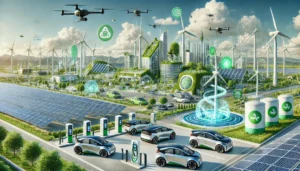
Beyond residential rooftops, solar farms are popping up worldwide. These vast fields of solar panels are capable of generating massive amounts of electricity, enough to power entire cities. As solar farms become more efficient, they’re helping to reduce reliance on traditional power plants.
Wind Energy: Capturing Nature’s Breeze
Wind energy is another key player in the green tech revolution. Wind turbines harness the kinetic energy of the wind to produce electricity. Offshore wind farms, located where winds are strongest, are gaining traction and are seen as a major part of the future energy mix.
The Growth of Offshore Wind Farms
Offshore wind turbines can produce more energy than their onshore counterparts. Located in coastal areas, they capitalize on powerful ocean winds. As technology improves, offshore farms are becoming easier and cheaper to build and maintain, making wind power a vital element of the sustainable energy landscape.
Hydropower: The Power of Water
Hydropower has been used for centuries, and it continues to be one of the most reliable forms of renewable energy. Dams capture the flow of rivers and convert it into electricity. Hydropower plants already provide significant portions of electricity in countries like Norway and Canada.
Innovative Approaches to Hydropower
Newer hydropower technologies aim to minimize environmental impacts. Small-scale, “run-of-river” projects generate power without creating large dams, reducing disruption to ecosystems. These innovations ensure hydropower remains a green option for the future.
Geothermal Energy: Tapping into the Earth’s Heat
Geothermal energy takes advantage of the Earth’s internal heat, using it to generate power. This form of energy is not only sustainable but also available 24/7, unlike solar or wind power, which depend on the weather.
Advances in Geothermal Technology
With newer technologies, geothermal energy can now be harnessed in more locations. Enhanced geothermal systems (EGS) are expanding the potential for geothermal power by tapping into heat resources deeper within the Earth. This could make geothermal a bigger player in the sustainable energy mix moving forward.
Energy Storage: Solving the Intermittency Problem
One of the biggest challenges with renewable energy is intermittency—solar power isn’t available at night, and the wind doesn’t always blow. That’s where energy storage solutions come in. By storing excess energy generated during peak times, we can use it when production drops.
The Role of Battery Technology
Lithium-ion batteries, commonly used in electric vehicles, are now being applied to store renewable energy. Grid-scale battery storage systems are becoming more common, allowing renewable energy to be stored and used when demand is high. These systems make the energy grid more stable and reliable.
Hydrogen: A Promising Energy Carrier
Hydrogen fuel cells are another exciting development in green tech. Hydrogen can store energy and release it as electricity when needed, making it a potential game-changer for industries that need constant, high-energy power, like manufacturing or transportation.
Smart Grids: Revolutionizing Energy Distribution
A smart grid is an electricity network that uses digital technology to monitor and manage energy use. By predicting energy demand and distributing power more efficiently, smart grids can integrate renewable energy sources and reduce wastage. They are a key innovation in ensuring the future energy supply is reliable.
Electric Vehicles and Sustainable Transportation
Electric vehicles (EVs) are transforming the transportation sector, one of the largest contributors to global emissions. As battery technology improves and charging infrastructure expands, EVs will become a more viable and eco-friendly option for consumers.
The Role of Governments and Policy in Green Tech Adoption
Government policies and incentives play a crucial role in the adoption of green tech. Many countries are now offering subsidies for renewable energy projects, encouraging businesses and individuals to switch to cleaner alternatives. Regulatory support is essential for driving investment in sustainable energy.
The Future Outlook: A Greener Tomorrow
The future of sustainable energy looks promising. With continuous advancements in solar, wind, and energy storage technologies, we are on the brink of a renewable energy revolution. As more countries commit to net-zero emissions goals, green tech innovations will only accelerate.
The world is shifting toward a cleaner, greener future, and the energy landscape will look very different in the coming decades. While challenges remain, the combination of cutting-edge technology, supportive policies, and increasing public awareness sets us on a path to a more sustainable tomorrow.
Conclusion
The future of sustainable energy is bright, driven by green technology that offers cleaner, smarter, and more efficient ways to power our world. From solar panels to hydrogen fuel cells, each innovation plays a role in reducing our carbon footprint and combatting climate change. As green tech continues to evolve, we can expect the energy sector to undergo a profound transformation—one that benefits both the planet and its inhabitants.
FAQs
1. What is the most promising form of sustainable energy?
While all renewable sources are important, solar power is considered one of the most promising due to its widespread availability and rapidly advancing technology.
2. How does green tech impact energy prices?
Green technology often leads to lower energy prices in the long run by reducing the need for expensive fossil fuels and improving energy efficiency.
3. Can renewable energy sources completely replace fossil fuels?
Yes, with the right combination of renewable sources, energy storage, and grid management, it’s possible to transition to a fully renewable energy system.
4. What role do governments play in promoting green energy?
Governments provide critical support through subsidies, tax incentives, and regulations that encourage the adoption of green technologies.
5. How can individuals contribute to the shift toward sustainable energy?
Individuals can invest in energy-efficient appliances, install solar panels, switch to electric vehicles, and advocate for policies that promote renewable energy.

